“Don’t Go Through This By Yourself”

Stu and Wendy Mono have faced prostate cancer together, as a team.
Imagine being recently married, making plans for the future, looking forward to the rest of your life, and then being diagnosed with prostate cancer.
This is what happened to Stu Mono, commercial photographer, entrepreneur, and artisan builder of custom guitar standsーand, in some ways, he got the greatest gift he could imagine. He found out that his wife, Wendy, would not only stand by him in sickness and in health, she would also turn out to be his fiercest champion and advocate.
“It was not the way you plan to start a marriage,” says Wendy. “But I think it strengthened it, because we had to work together on something so serious. It has been a long journey.” Stu adds: “a marathon.”
Stu and Wendy’s introduction to the world of prostate cancer began in 2005, just two years after they met. They were newly married. Bloodwork from Stu’s physical with a new internist showed that his PSA was higher than the normal range. “We didn’t know what a PSA test was,” says Wendy, and, since his PSA was 5 (which was only slightly above the high end of “normal”), they didn’t think it was a cause for concern. The next year, when the PSA was still elevated, “we started focusing on learning more.”
Thorough Research Informs the Decision
Stu went for a prostate biopsy. One needle core out of 12 showed low-grade cancer, Gleason 3 + 3. The slides were sent out for a second opinion from a urologic pathologist at Johns Hopkins; the result was the same. Their focus changed then, from “Is it cancer?” to “What treatment should we choose?” And they began to educate themselvesーdoing research, going to a medical conference, reaching out to other patients through online groups, reading books, and meeting with several doctors at different institutions. The decision was not clear-cut for the couple. “I had to understand that it wasn’t quite as simple as saying to the doctor, ‘What should Stu do?’ and just doing that,” says Wendy. An equally valid question was, “What was Stu most comfortable doing?”
Stu did not want surgery: “I worried about the side effects, even with the biopsy showing cancer in only one core out of 12, and a Gleason 3+3.” Instead, he chose brachytherapy, a form of radiation therapy, and they found a doctor they liked and trusted, radiation oncologist Michael Zelefsky, M.D., now at NYU Langone. Zelefsky implanted 107 ‘seeds’ in Stu’s prostate.
Successful Treatment, Then Concerning News
Prostate cancer can recur, so it’s important to regularly check PSA levels after treatment. After brachytherapy, Stu’s PSA went down on his first two PSA tests. Then, 17 months later, “it shot up over the next four months,” says Stu, “from 3.9 to 6.3, then to 8.7.” Although they were aware that a PSA ‘bounce’ can happen, they were not prepared for Stu’s PSA go to higher than his pretreatment PSA. During this scary time for Stu and Wendy, they had confidence in Dr. Zelefsky’s cautious approach to any further medical treatment before diagnostic testing was completed. Dr. Zelefsky offered emotional support as well, meeting with them in his office to review studies they had found on PubMed of similar situations.
Ultimately, Dr. Zelefsky decided it was best for Stu to have another biopsy. “A 15-core biopsy showed that the only cancer cells in the prostate were dead. The next month, Stu’s PSA started dropping. It took seven years to reach his PSA nadir (lowest level) of 0.1. Then it slowly started creeping up again,” Wendy recalls. In 2019, five years after his PSA reached its lowest level, Stu underwent a PSMA PET scan, which showed no prostate cancer in his body. In 2021, his PSA rose to 2.0, and he had another PSMA PET scan. This time, cancer was visible—but fortunately, it was confined to his prostate.
More good news: “When Stu first did the brachytherapy, they told us that if he needed another treatment, we couldn’t do radiation again,” says Wendy. “But in the seven years that Stu had taken to reach his nadir and the seven years for it to go back up—14 years—the protocol had changed.” Dr. Zelefsky said he could do high-dose radiation where Stu’s MRI and biopsy showed his cancer was. That was almost four years ago. The radiation treatment —done in two sessions, two weeks apart—went well, with no side effects.
“I Was Incredibly Lucky”
Stu remains cancer-free today. Wendy was by his side for all of it. “We went to every doctor’s appointment together and talked about it afterward,” she says. Even now, every six months, she remains nervous about his follow-up PSA tests. “Fear is a powerful thing,” she says. “Waiting for the PSA results is very nerve-wracking.”
Throughout this journey, they have prioritized spending time together, taking vacations, and being with their family: five children between them, six grandsons, and a brand-new granddaughter. “I met Wendy after going through a divorce,” says Stu. “I was incredibly lucky to be with Wendy, because she’s such a great advocate and researcher, and she’s been so important in this whole process. Had I not had her support, this certainly wouldn’t have gone the way it went.”
Helping Other Couples
Stu and Wendy have given back since the beginning, talking with other couples facing a rising PSA or navigating a prostate cancer diagnosis. Two people are involved in prostate cancer, the patient and his partner, Wendy notes. “I had to respect what Stu chose; it was his decision. It is not only a help to have someone advocate for you, but to have someone you can sit and talk it through with.”
“We’ve had a lot of friends who ask us about our experience, and what we have learned,” says Stu. “It is important to try to give the information without presenting an opinion, especially regarding treatment, because everyone is so different.” One other couple, says Wendy, is on almost the same follow-up PSA schedule. “Especially for the wife, it’s nice to have someone say, ‘If you need to take a walk or talk, let me know.’ Support is so important. You don’t like to feel you’re going through something alone.”
In Stu’s experience, men aren’t as good at talking about prostate cancer. “Guys for the most part seem pretty overwhelmed,” he says, “even when it’s just a suspicion of a diagnosis.” He knows one man who won’t get a biopsy, because he doesn’t want to find out it’s cancer.
Wendy and Stu have supported PCF from early on in their journey, supporting research and also participating in events such as this webinar. “It never leaves you,” says Wendy. “The anxiety is still there. I’m amazed at how fast six months goes by. You realize that it’s now part of your life, whether you want it to be or not.” But it’s a lot better, she adds, to face cancer with an advocate: a spouse, a relative, a friend or coworker, or even another patient from a support group. “Don’t do it by yourself.”
Need support? Here are several options:
PCF has online support groups tailored to different interests. Explore here.
Oncology social workers also can help you find social support. Learn more here about their role in your care.
Local cancer centers often have in-person support groups, too. American Cancer Society and ZERO Prostate Cancer also offer in-person groups.

